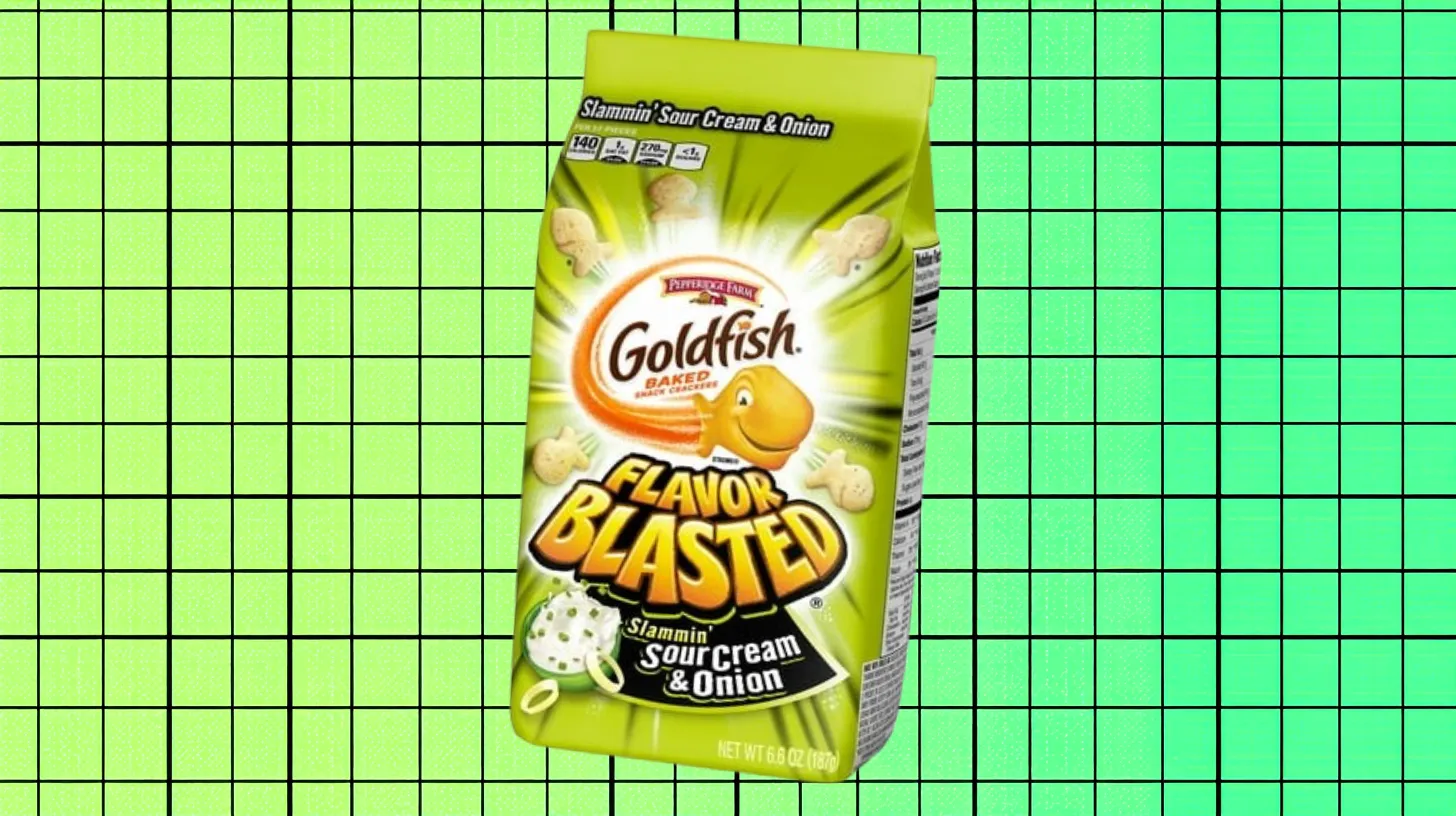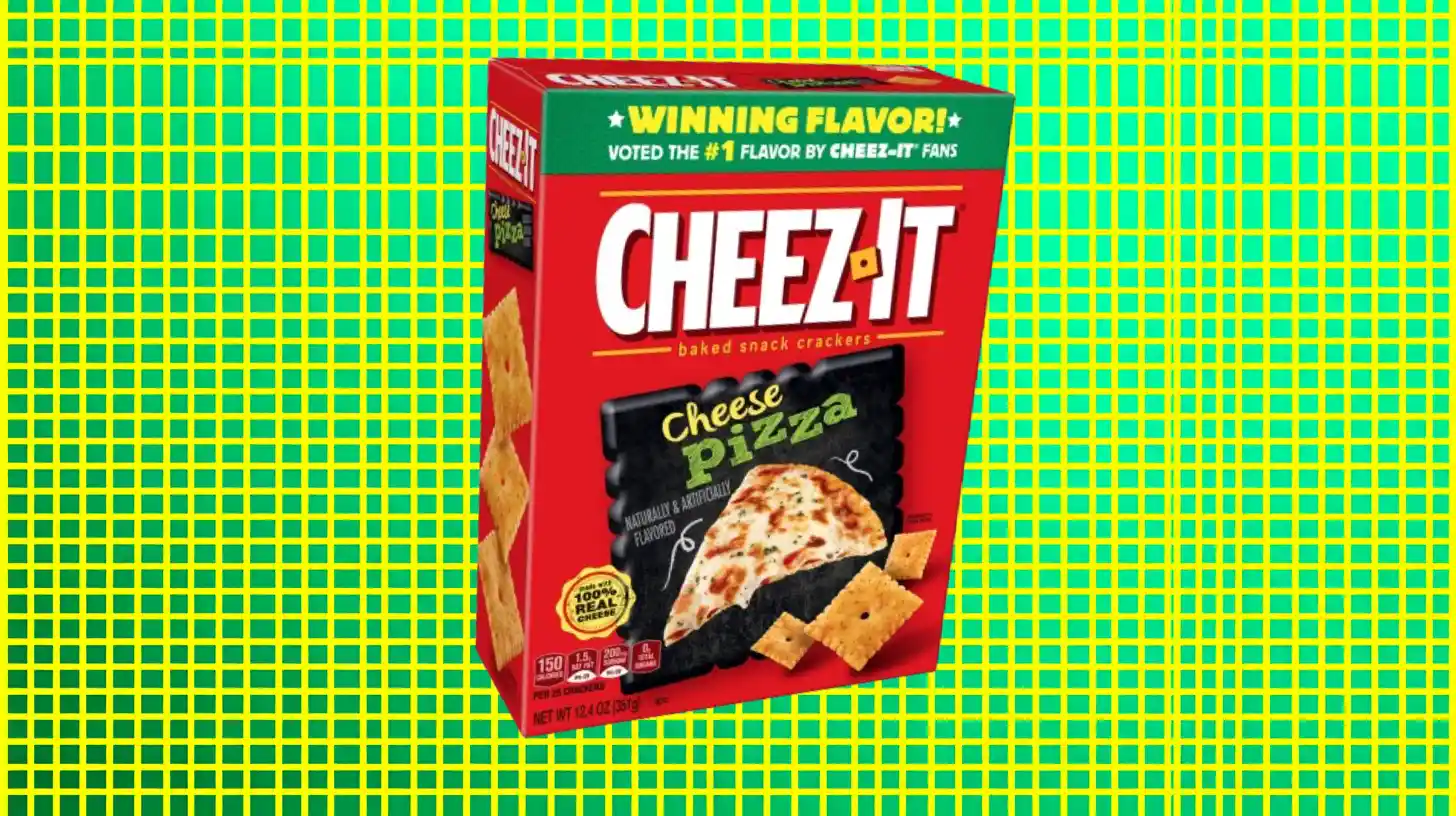.webp)
Keebler / Nabisco
Note: Some exact start dates are unknown due to limited historical records for certain regional or specialty crackers.

Discontinued: 1979
Imagine you are in a Vermont bakery where the same horse that powered the machinery one day would pull the delivery wagon the next.
This is where Charles and Thomas Cross come in. These two brothers from New Hampshire founded Cross Baking Company in 1828. Their "common crackers" became legendary throughout New England, where they were sold from wooden barrels in every country store.
Before refrigeration, families needed something that could last months without spoiling. Cross crackers filled that gap perfectly.
For 151 years, through the Civil War, World Wars, and the Great Depression, Cross Crackers kept going. By 1942, you could still buy a whole barrel for $6.30 (plus 35 cents for the barrel itself).
But in 1979, C.H. Cross & Sons finally went bankrupt. It was the end of America's longest-running cracker dynasties.

Discontinued: 2009
Before Uneeda Biscuit, buying crackers meant scooping them from a stale barrel. Adolphus Green had a better idea.
Green invented individual packaging. Fresh crackers that stayed crispy. A branded product people could trust.
Working with America's first major advertising agency, Green launched a $7 million campaign featuring a boy in a yellow raincoat. The message? These crackers stay fresh and dry, even in the rain.
By 1899, an estimated 30 million people saw a Uneeda ad every day. The National Biscuit Company (later Nabisco) had created the first nationally distributed packaged cracker.
Uneeda Biscuit lasted 111 years, finally discontinued in 2009.

Discontinued: 1935
Henry Perky had already invented Shredded Wheat. His next creation would be even more revolutionary.
In 1903, most baking was done with wood or coal. Perky's factory in Niagara Falls used electricity. It was so novel that the facility became a tourist attraction with the slogan "Baked by Electricity."
The original Triscuits were massive by today's standards: 4 inches long and 2 1⁄4 inches wide. They were so large that they were advertised as meal replacements.
But in 1935, Triscuit makers scaled down to the familiar 2x2-inch size we know today. The change improved taste and made them more practical for modern snacking.

Discontinued: 1996
For decades, there was a quiet war in the cracker aisle: Ritz vs. Hi Ho.
Hi Ho fans swore their crackers were superior because of their neutral flavor. Unlike Ritz's buttery taste, Hi Ho let its toppings shine through without interference.
Made by Sunshine Biscuits, Hi Ho crackers competed directly with Nabisco's Ritz. While Ritz had flashier marketing, Hi Ho built a devoted following among those who preferred substance over style.
When Keebler acquired Sunshine Biscuits in 1996, Hi Ho was among six beloved brands that got the axe. Only one buttery round cracker survived. Ritz.

Discontinued: 1998
What happens when you take pizza dough and turn it into chips? Magic. At least for seven years.
Pizzarias was Keebler's most successful snack food launch ever, generating $75 million in wholesale revenue in year one. The American Marketing Association named Keebler "New Product Marketer of the Year" in 1992.
Keebler didn't mess around. They researched pizza dough recipes dating back to the Renaissance before perfecting their formula. Three flavors dominated: Cheese Pizza, Pizza Supreme, and Zesty Pepperoni.
Marketing featured JJ and Zoot, teenage Keebler Elves, complete with '90s slang and attitude.
Despite the success, Pizzarias quietly disappeared around 1998. The exact reason remains unclear.

Discontinued: 2000
"Crackers That Crunch Like Chips!" wasn't just a slogan; it is what Munch 'Ems delivered perfectly.
Munch 'Ems were so thin and crispy that they naturally curled during baking, creating perfect little pockets of crunchiness. Each piece looked like a tiny edible bowl.
They came in ranch, cheddar, sour cream and onion, and chill cheese. Plus, lower sodium options.
Like many great '90s snacks, Munch 'Ems were discontinued quietly in the early 2000s. No fanfare, no explanation. Just empty shelves.

Discontinued: Early 2000s
Sometimes the best snacks are the ones that slip through history's cracks.
Cheese Tid-Bits were exactly what they sounded like. Small cheddar crackers formed into stick shapes. No fancy marketing, no celebrity endorsements. But oh my, they were cheesy goodness.
Despite seeming popular with consumers, Nabisco quietly discontinued them in the early 2000s. No official explanation was ever given.
Unlike flashier discontinued snacks, Cheese Tid-Bits left barely a trace online.

Discontinued: 2010s
For generations of American families, Royal Lunch crackers meant one thing: turkey stuffing.
These round, slightly sweet crackers were the secret ingredient in countless Thanksgiving recipes. Sold for pennies, they were affordable enough for Depression-era families yet good enough for holiday tables.
Originally manufactured at lower costs than most crackers, Royal Lunch eventually became a victim of rising production expenses. Changes in ingredient costs and manufacturing processes squeezed profit.
Today, other companies make "Royal Lunch" crackers, but fans insist they're thinner, sweeter, and just not the same as the original Nabisco version.

Discontinued: 2022
For nearly 50 years, Stoned Wheat Thins sat quietly on grocery shelves, beloved by cheese board enthusiasts who appreciated their nutty, big crunch.
The first signs of trouble appeared on Reddit in April 2021. Sharp-eyed fans noticed empty shelves. By fall, they were completely gone. Nabisco confirmed the "delisting" in a November tweet.
Many suspect a 2021 class action lawsuit killed these crackers. The suit claimed "stoned wheat" was "deceptive and misleading advertising" since the crackers weren't made with actual stone-ground wheat flour. Though the lawsuit was dropped in March 2022, the damage was done.
No fanfare, no final sale, no last hurrah. Stoned Wheat Thins simply disappeared, leaving behind only empty spots on cheese boards.

Discontinued: 2018
Part of Pepperidge Farm's bold Flavor Blasted lineup, these crackers delivered an intense punch of tangy, savory satisfaction that had snack lovers hooked.
Their promising run came to an abrupt halt in 2018 when a salmonella contamination in whey powder forced a permanent recall.

In 2017, Cheez-It launched an epic battle royale between three Game Day flavors—Cheese Pizza, Cheeseburger, and Cheddar Nachos—letting fans vote for their champion.
Cheese Pizza emerged victorious, earning its permanent spot through pure democratic power, only to face the ultimate plot twist: the Cheez-It discontinuation in 2023, sparking such fierce fan loyalty that Cheez-It had to create new pizza-inspired flavors in 2025 just to heal the wounds.